Since its inception in 1984, Spacehab modules and integrated cargo carriers (ICC), which fly nestled inside the cargo bay of the Space Shuttles, have provided 22 Space Shuttle missions with supplemental ferrying and space capabilities, including eight resupply missions to the International Space Station (ISS), and seven to the Russian space station Mir. The inaugural flight of Spacehab’s research double module, which launched January 2003 on STS-107, ended when the Space Shuttle Columbia broke up during re-entry. In January 2004, Spacehab filed a formal claim against NASA for the amount of $87.7 million for the loss caused by the Columbia accident. In February 2003 Spacehab received $17.7 million from the proceeds of its commercial insurance policy, and in October 2004 NASA paid the company $8.2 million.[4] In February 2007, Spacehab dropped all litigation against NASA.
Spacehab Research Double Module in the Shuttle cargo bay.
Spacehab’s most recent hardware design is its permanently deployable Integrated Cargo Carrier (ICC), known as the External Stowage Platform (ESP-2). The ESP-2 is currently attached to the International Space Station’s airlock, providing the only permanent, commercial "spare parts" facility for the ISS crew. Another Spacehab ESP, the ESP-3, was deployed during Space Shuttle mission STS-118, on August 8, 2007. Throughout its more than 20 year history, Spacehab has contracted over $1 billion dollars in total sales.
- Log in to post comments


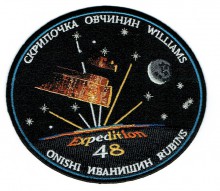
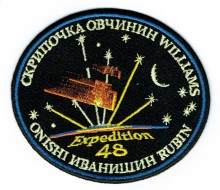
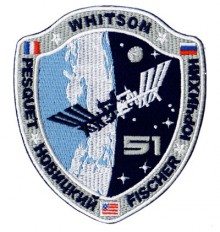
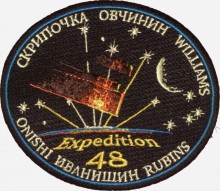
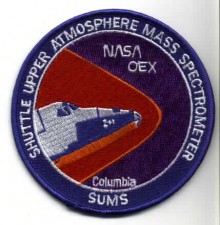
1 comments
Acquired from ebay